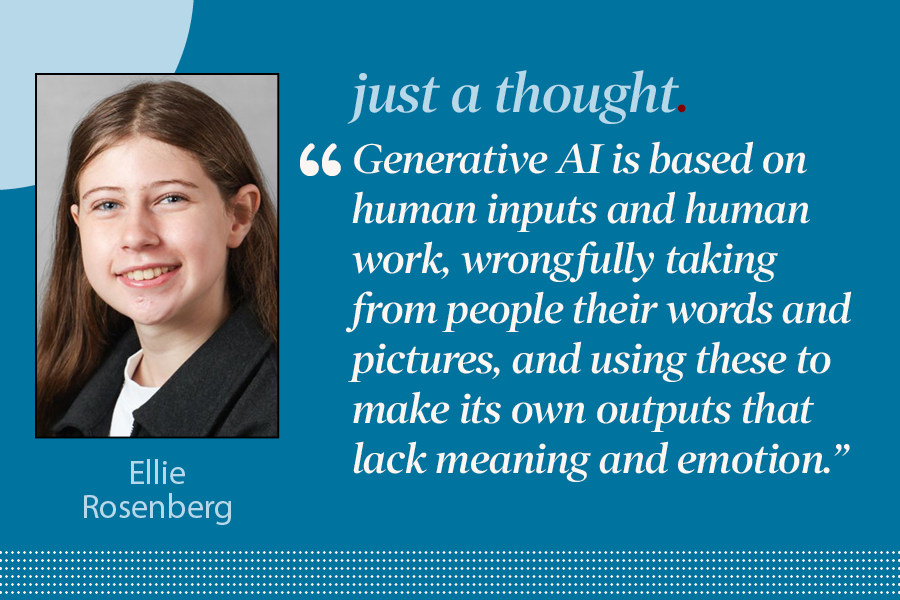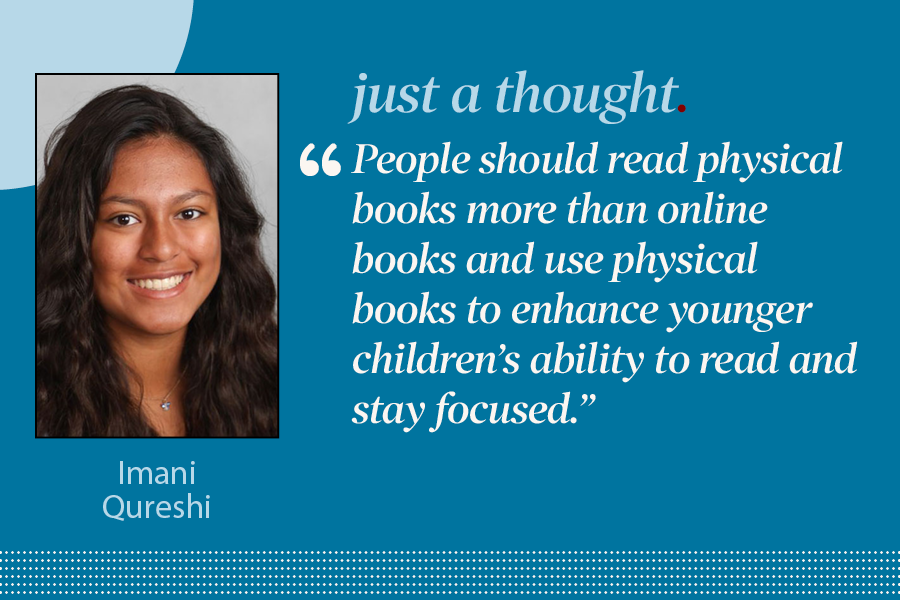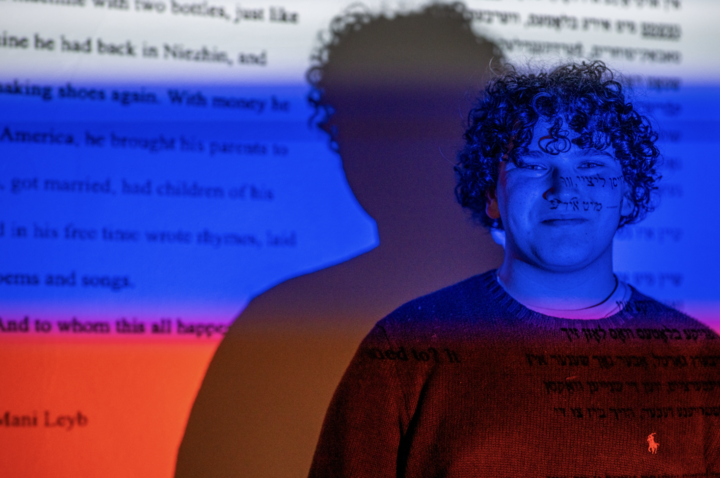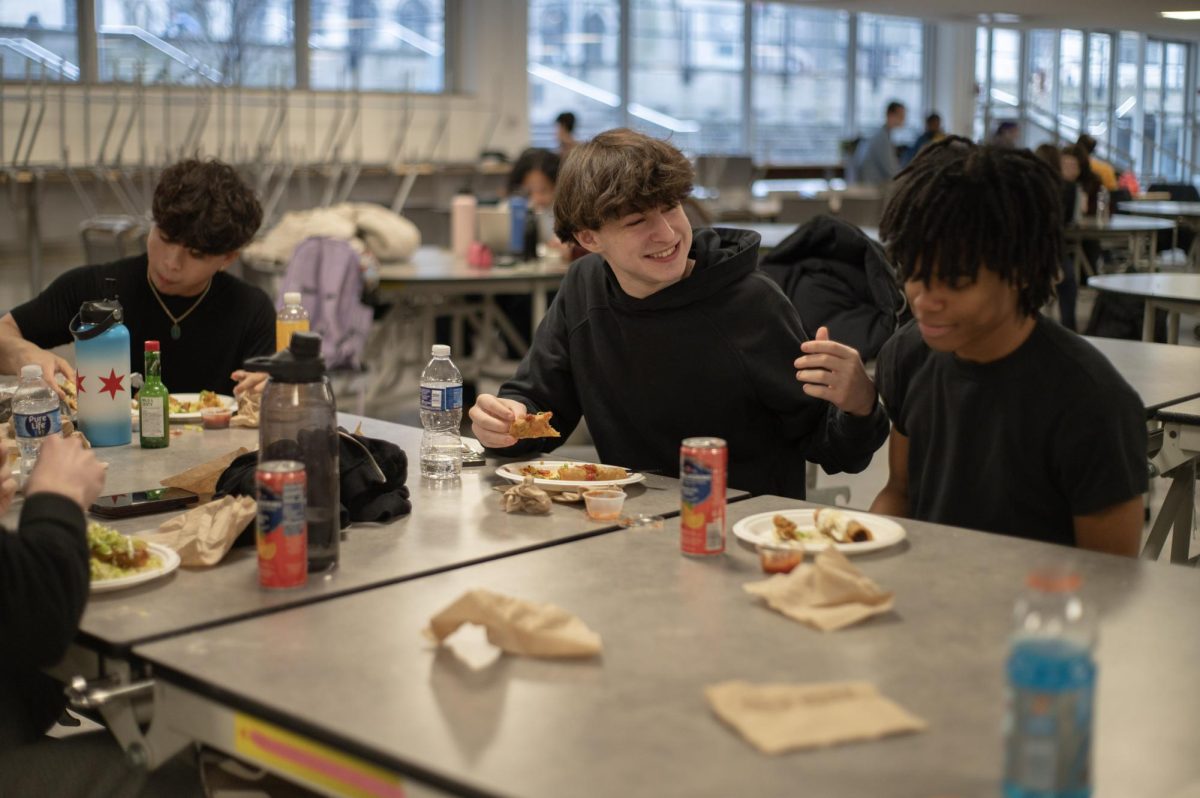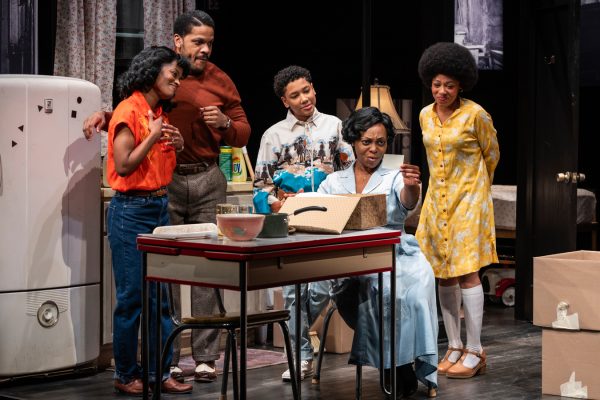Hallmark movies: cookie-cutter and white
Holiday movie empire lacks representation for minorities in film
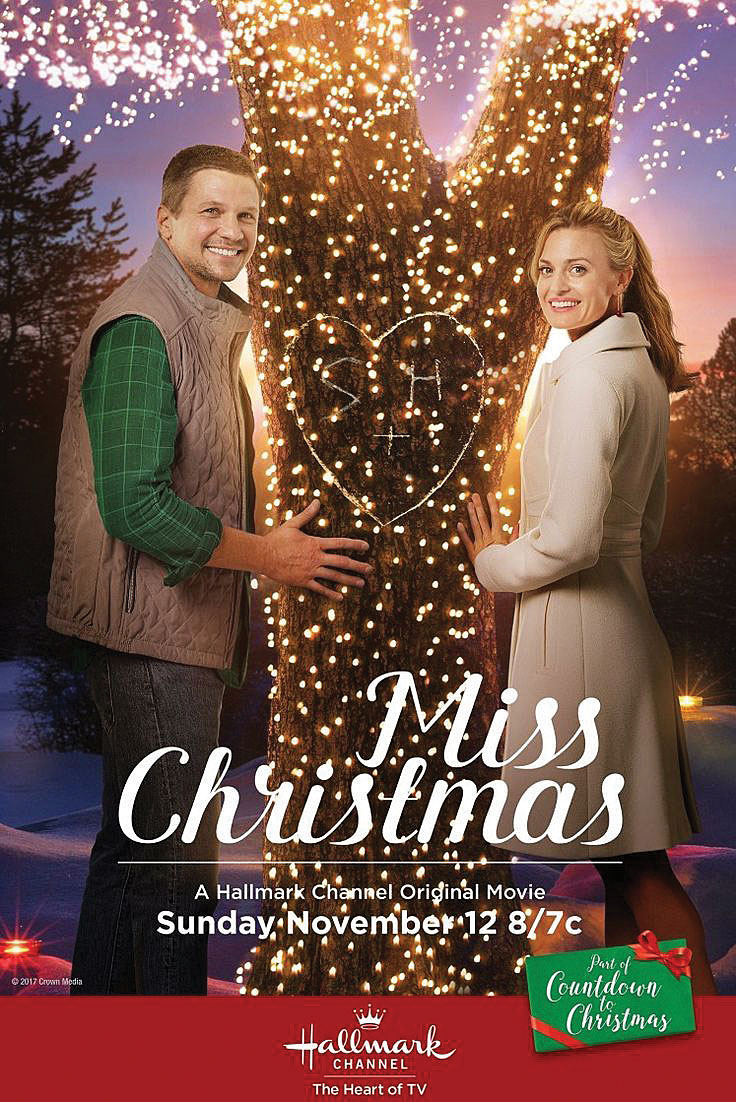
WHITE CHRISTMAS. The Hallmark movie channel has exploded in popularity over the past decade. Despite this, the movies have remained largely homogeneous, both in cast and in plot. In “Miss Christmas,” Brooke D’Orsay stars as a tree-finder for Chicago’s tree lighting ceremony, but when the tree is damaged with just 10 days to go, she travels to Klaus, Wisconsin, to find a new tree. While there, she meets the handsome
Sam McNary, and, of course, sparks fly.
The basics are simple: a mysteriously wealthy young woman searching for love. Cheerful, warm memories the holiday season brings up. A family-friendly, suburban or small-town setting populated by a white cast in red-and-green sweaters.
Sprinkle in a few keywords — merry, mistletoe, Christmas, home — and your Hallmark holiday movie is picture perfect.
The Hallmark Channel has gained a devoted following since the debut of its annual “Countdown to Christmas” in 2009. This is no secret: Michelle Vicary, Hallmark Channel’s executive vice president of programming, once told E! News, “We own Christmas and we are going to do it in a bigger way and a better way.”
Own Christmas they do — 2018’s “Countdown to Christmas” reached 68 million viewers, according to Broadcasting + Cable a magazine about the business of television.
Ariel Montague, a U-High senior who said she enjoys the movies and has seen plenty, says the channel’s uniformity in the winter months might be exactly why it’s so appealing.
“I think the reason why people like watching these cookie-cutter movies is because they know what’s going to happen at the end,” she said. “Christmas is really just a time where you can forget all your worries and be joyful and grateful, so people continually watch these because it makes them happy. Even if it’s cheesy, it warms your heart.”
Their tried-and-true algorithm, however, is transparent. Not even the warm fuzziness of the reliable plots and characters can mask Hallmarks biggest problem: diversity. In 2017, Hallmark had zero African-American or Asian romantic leads, and a total of 6 of 86 movies had non-white romantic leads, according to the International Business Times. While competitive networks like Lifetime and Ion are improving these numbers with almost 25% diverse leads, Hallmark’s abysmal tally of less than 5% is by far the least inclusive on television.
According to William Abbott, the president and CEO of Crown Media Family Networks, the parent company of the Hallmark Channel, diversity is indeed a focus.
“This is one of our major initiatives and major focuses,” Abbott said in an interview with E! News. “We are always looking to make the world a better place and this is a key part of it.”
Ariel said these issues are apparent to her while watching films like these.
“There’s not enough representation for low-income kids. They capture this idea of suburbia and put that in Christmas movies and keep producing the same thing over and over again,” she said. “I acknowledge it. It’s sort of the same as walking into a class and being the only black person. I’m used to it at this point, but it is in the back of my mind. I don’t think it should always be that way.”
Hallmark will release 40 new holiday movies in 2019. They have released two or more each week since Oct. 25. In 2019, the channel will release two Hanukkah-themed films, which is a small step toward more diversity.
So while the classic elements of a Hallmark movie will likely stay true — the Christmas lights, the shiny baubles and the luscious evergreens — the all-white cast may, with time, change. Until Hallmark makes the shift, though, their movies will remain predictable, yet undeniably popular classics.
















